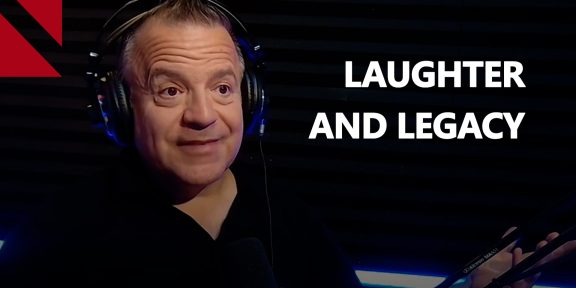Interview by Ani Paitjan
Isolated in his apartment in New York City amid the COVID-19 chaos, Arthur Makaryan is thinking about the future of performing arts. Artists around the world, including him, are paying a heavy price during the lockdown, many of them have lost their jobs and live in the uncertainty of tomorrow. The young Armenian opera and theatre director in New York, however, is convinced that it is time for performing arts to marry the virtual world with the living world.
Ani Paitjan: Since the outbreak of COVID-19, the world economy has taken a huge hit. The performing art sector has also been heavily impacted. What is the current situation for artists?
Arthur Makaryan: The situation is pretty difficult. In the U.S, many artists are heavily affected. Some people had two, three jobs and the next day they woke up and they had no job at all. So, how does the person who lives from paycheck to paycheck and doesn’t have savings manage to survive in this reality?
What’s happening is that, because of artists’ poor living conditions, many are demotivated and they are shelling in. They are not willing to communicate and their creativity is in crisis. All our projects are pending or cancelled. It is hard to find any sense in your work now.
However, there are platforms that are emerging and people who are trying to figure out how they can raise funds to help artists.
For example, the New York Art Center, together with artist Taylor Mac, started an initiative to create online art programs and charge subscribers. A part of the benefits is dedicated to helping artists in urgent need.
AP: Many artists, theatre and opera companies broadcast to their online audiences. Is it a choice you also made?
AM: No, this is not something I am currently doing. What I’m trying to do right now is to develop the tools that will help me to be ready when the time comes to thrive. For example, together with Creative Armenia, an arts foundation and production company, we’re developing a digital theatre project.
I believe there is a new world that is coming and I am trying to eliminate the words ‘theater’ and ‘opera’ and use new words that will define this new genre, a new esthetic that is emerging and that is fully involving new technologies.
AP: When the lockdown in New York was announced, did you imagine that the situation would last that long? How long can people cope with this quarantine?
AM: In the beginning, it sounded like it’s not going to touch the U.S and New York at all, and you think you’re not going to be exposed to that. Then the whole city closed and I was isolated in my apartment, too. You’re not prepared for that kind of a situation and it takes time to understand what’s going on.
The program where I am teaching and that is my main income right now, might close in the fall. So, it is hard to answer that question since this temporary situation will have important consequences for a long time.
AP: New York has a paid-sick-leave law, but it does not cover contract workers. Many freelance workers in the arts have high self-employment taxes and health-insurance costs. What are the art workers doing to keep their heads above the water?
AM: With this law, residents of New York do not have enough to live, to even pay a one room rent. There are also many immigrant artists who don’t have access to this law. What do they do to survive since they are not eligible?
AP: When the world recovers from the virus, do you think there will be a long term impact in the way people approach art performances?
In the long term, art performance will focus more on new technological alternatives. We will not only think in terms of LIVE performances but in terms of virtual experiments in our performances.
I feel that this time is the perfect moment to be more creative, to find solutions to things. I am trying to understand how we can mix coding and performance, how to develop “cyberformance”.
One of my favorite playwrights, Bertolt Brecht, said that ‘New times need new forms of theatre’. So, it really fits with what we are living now and I am trying to be positive. When you see all this real estate on Broadway, those theater halls that are worth millions and millions but are now empty, you understand that not doing anything is not a solution. So I prefer to join the stream of moving forward.
















